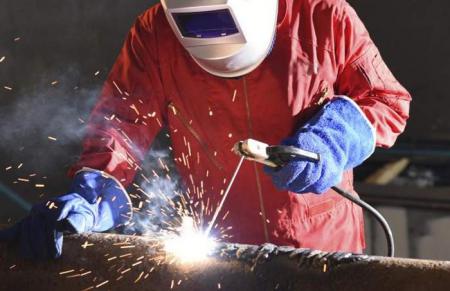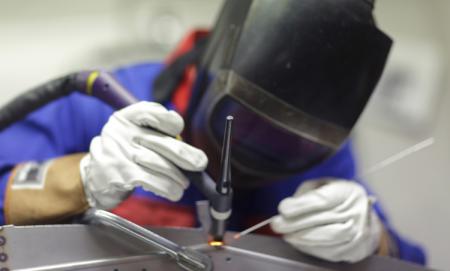


Welding fumes, a mixture of fine metal dust, gases, and particles, were classified as a carcinogen by the International Agency for Research on Cancer in 2017. Exposure to these fumes has been linked to lung and kidney cancer, respiratory diseases like asthma and COPD, and even neurological disorders such as Parkinson’s disease.
Australia recently lowered its exposure limit for welding fumes from 5 mg/m³ to 1 mg/m³, aligning with stricter standards in countries like Germany and the Netherlands. However, the study found that 91% of welders are exposed to fumes, with 76% likely exceeding the new limits. This indicates that many workplaces lack effective protective measures, leaving over 40,000 welders at risk.
The study also highlighted the lack of adequate safety measures in Australian workplaces. Only 20% of participants reported having effective ventilation systems, and 60% of those in non-ventilated areas did not use air-supplied welding helmets, which can reduce exposure by 60%.
Additionally, many welders reported working in confined spaces or leaning directly over the welding area, increasing their exposure to harmful fumes. These unsafe practices underscore the need for better workplace design and stricter enforcement of safety regulations.
To protect workers, employers must implement effective exhaust systems to remove fumes at the source and provide adequate respiratory protection. The United Kingdom has already introduced regulations requiring local exhaust ventilation for all indoor welding tasks, supplemented by respiratory protection. Similar measures should be enforced in Australia.
State and territory workplace safety regulators must ensure compliance with existing regulations, which require businesses to minimize exposure to welding fumes. With available technologies like air-supplied helmets and ventilation systems, consistent implementation is key to reducing risks.
As attention grows around occupational hazards, such as silica exposure, it’s crucial to extend this focus to welding fumes. By enforcing stricter regulations and adopting proven safety measures, Australia can better protect its welders and ensure safer workplaces for all.


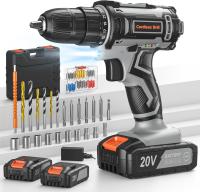
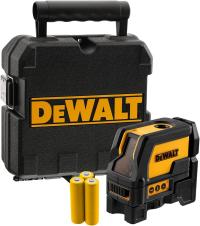

They are already part of the Job Board

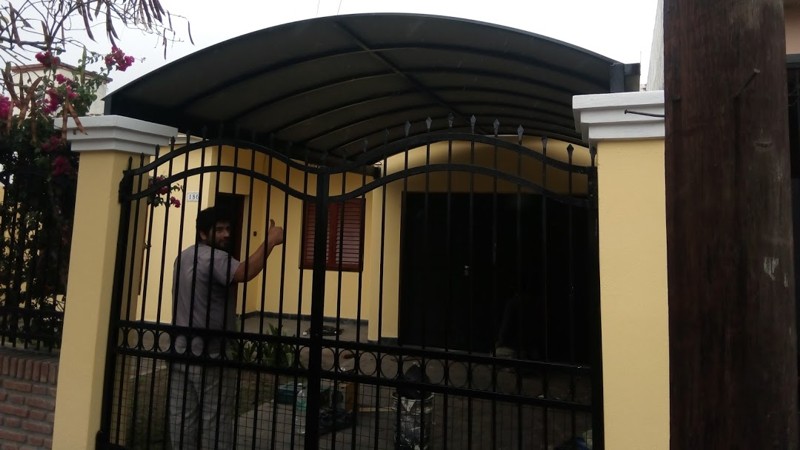
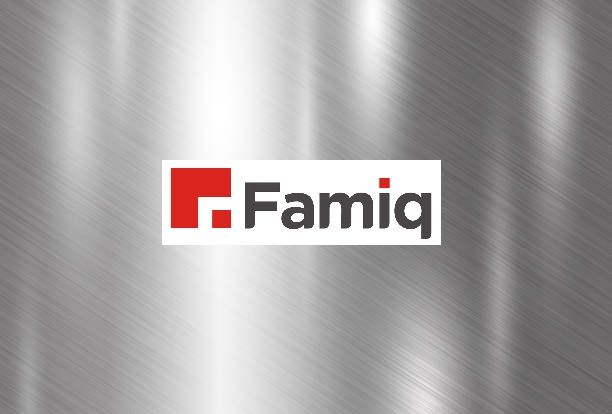
Relacionados:
